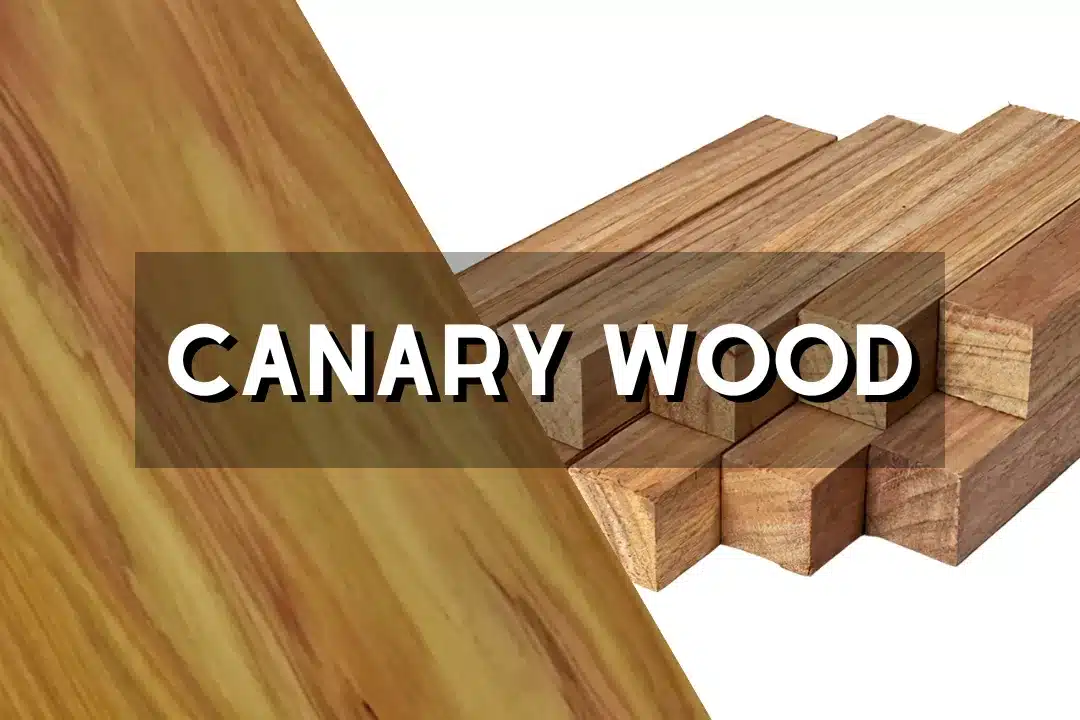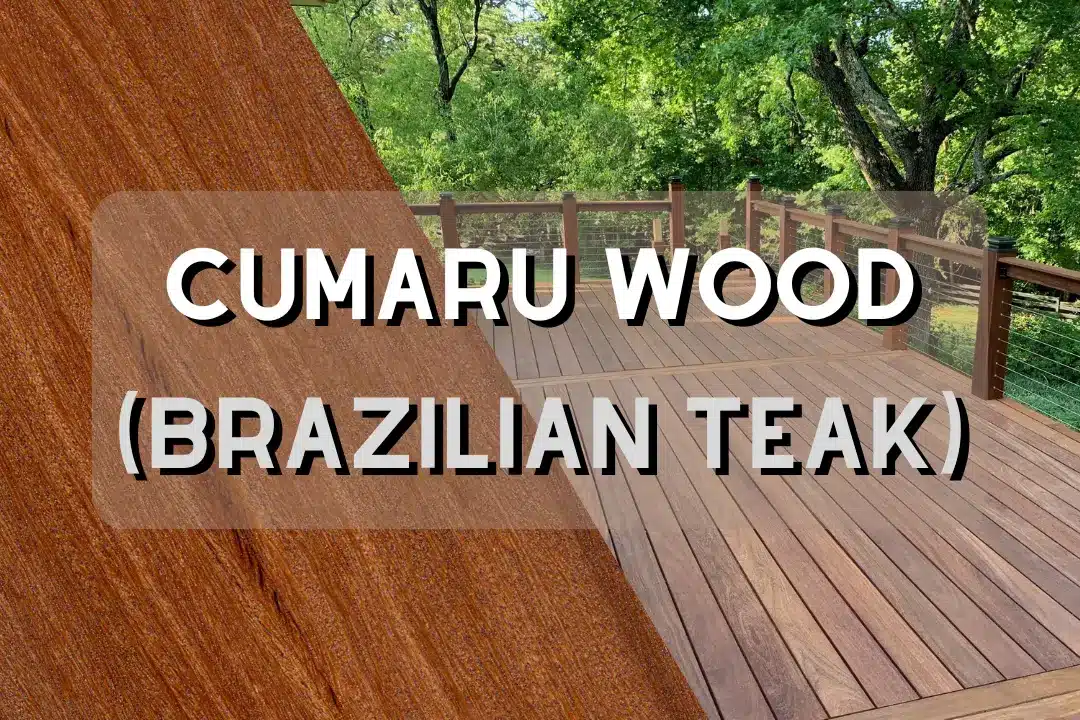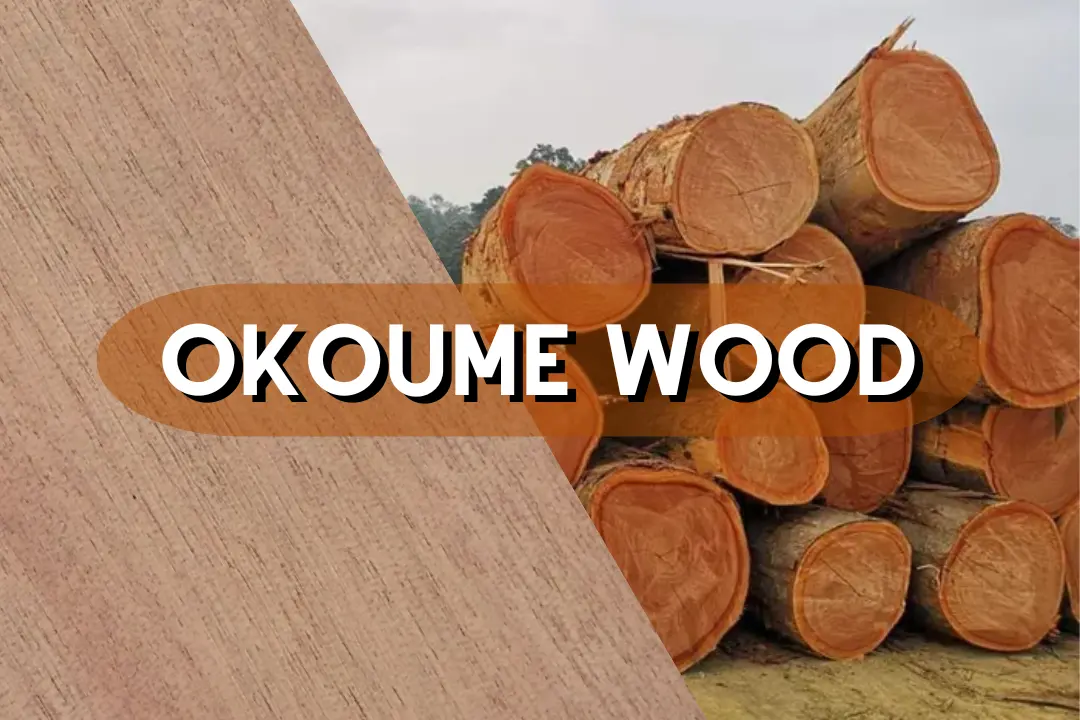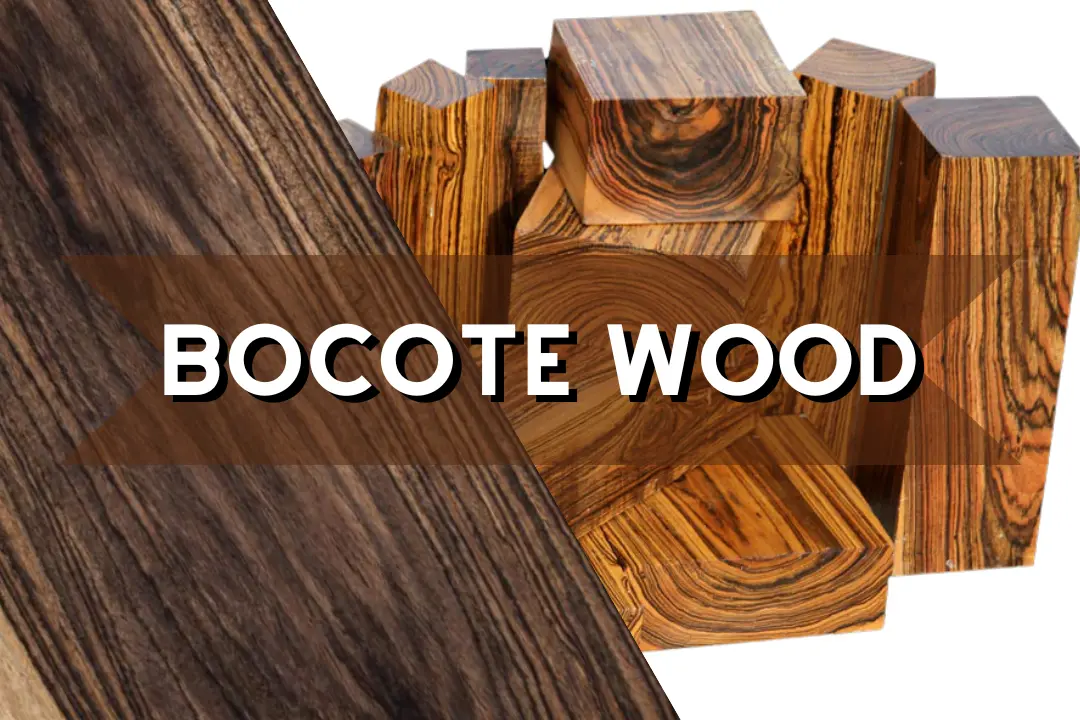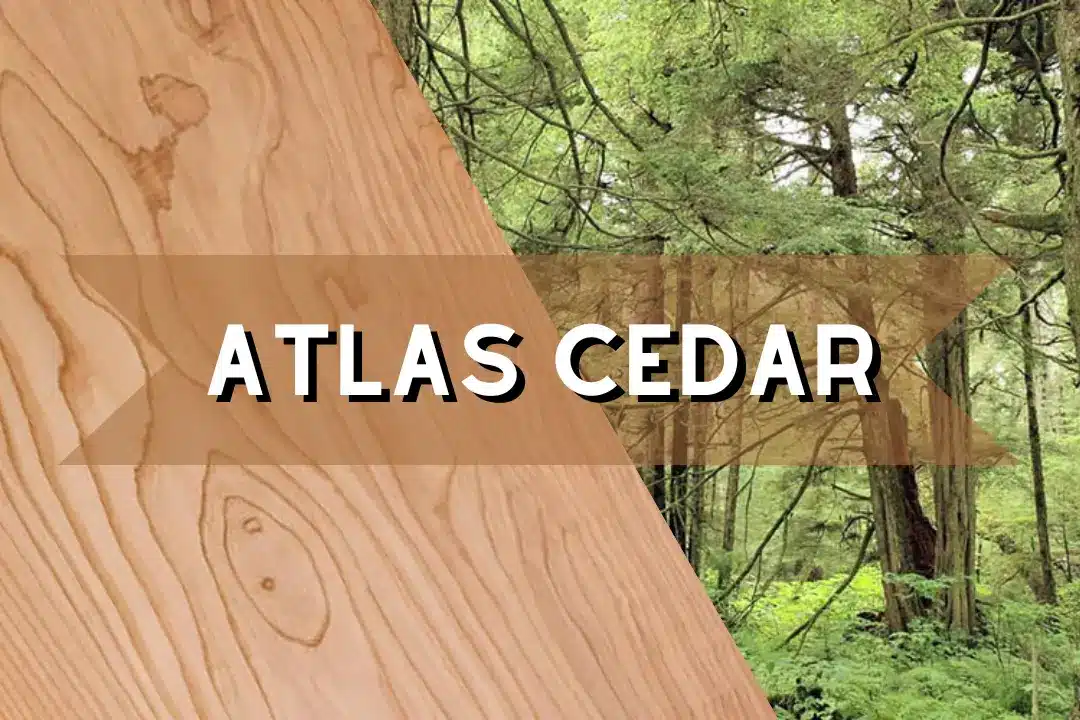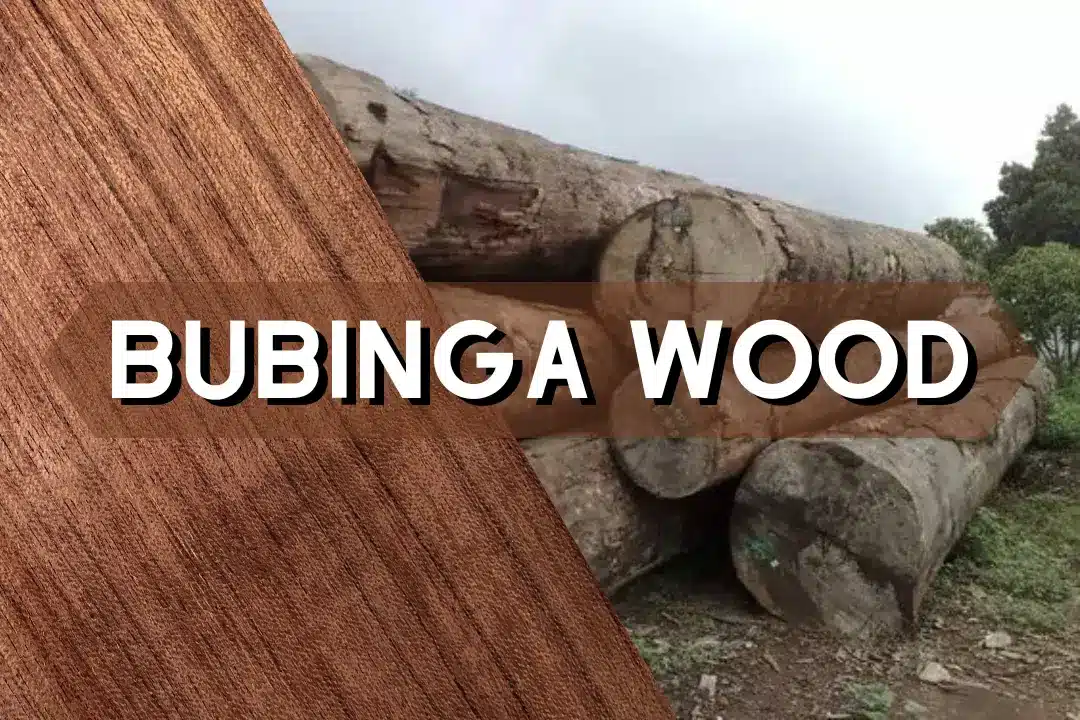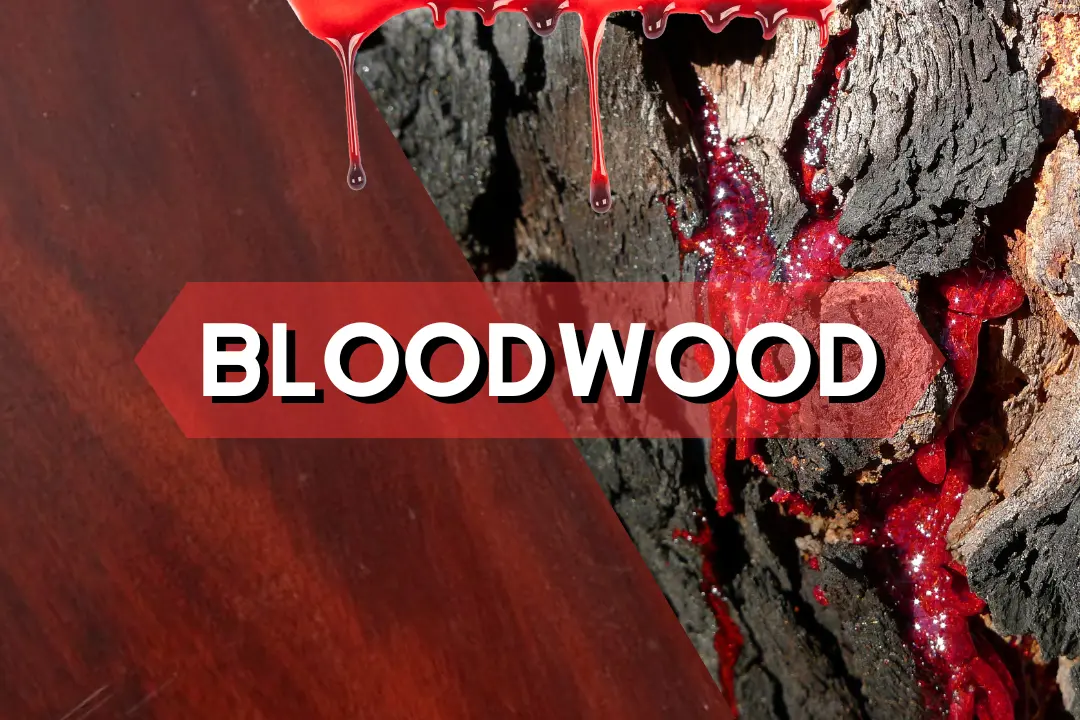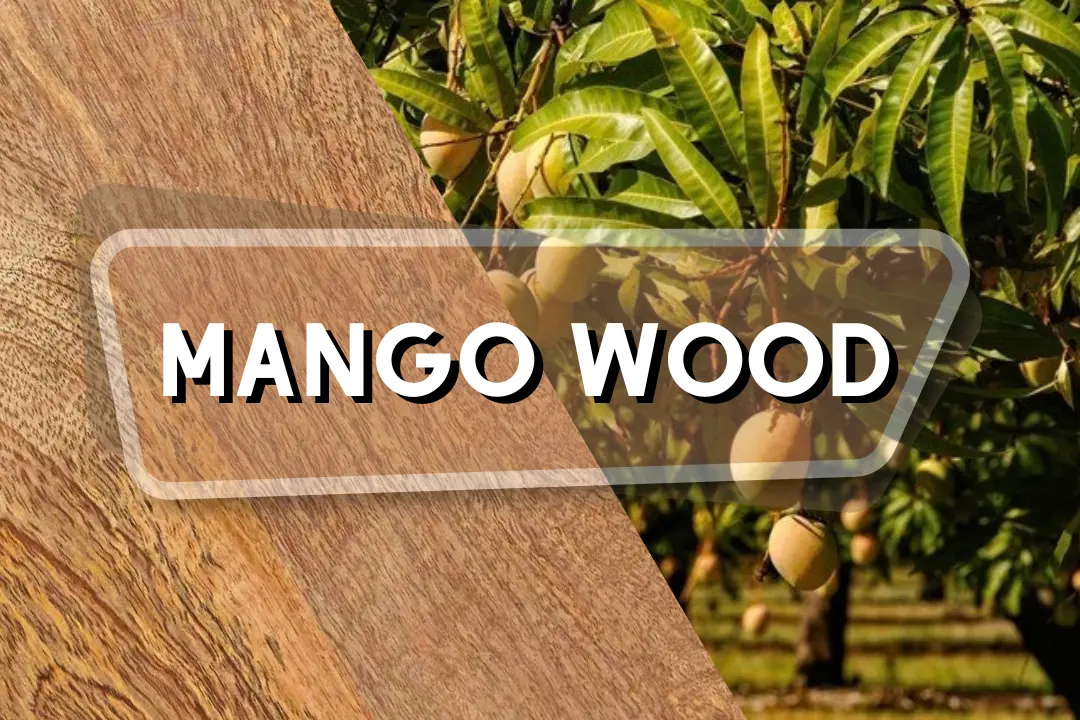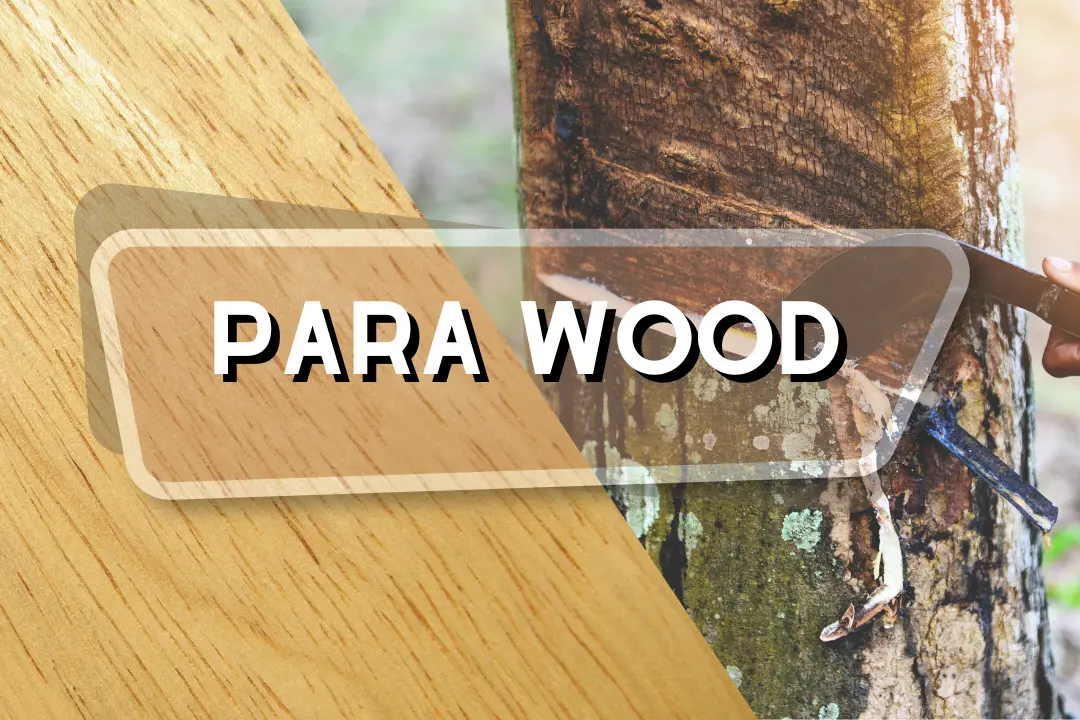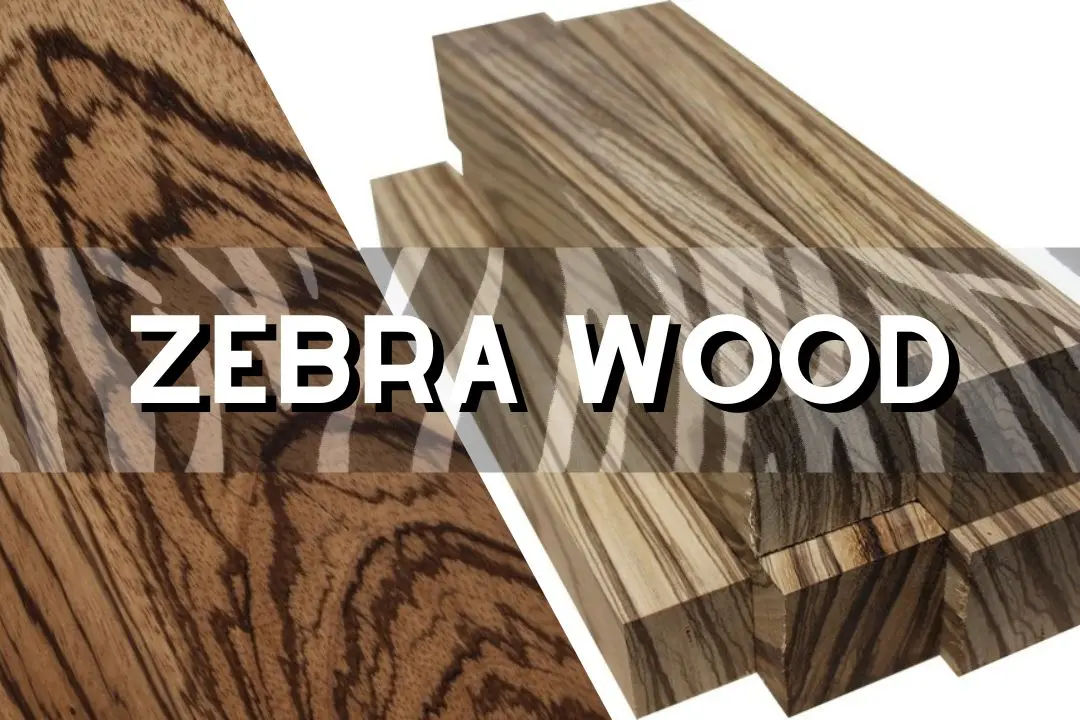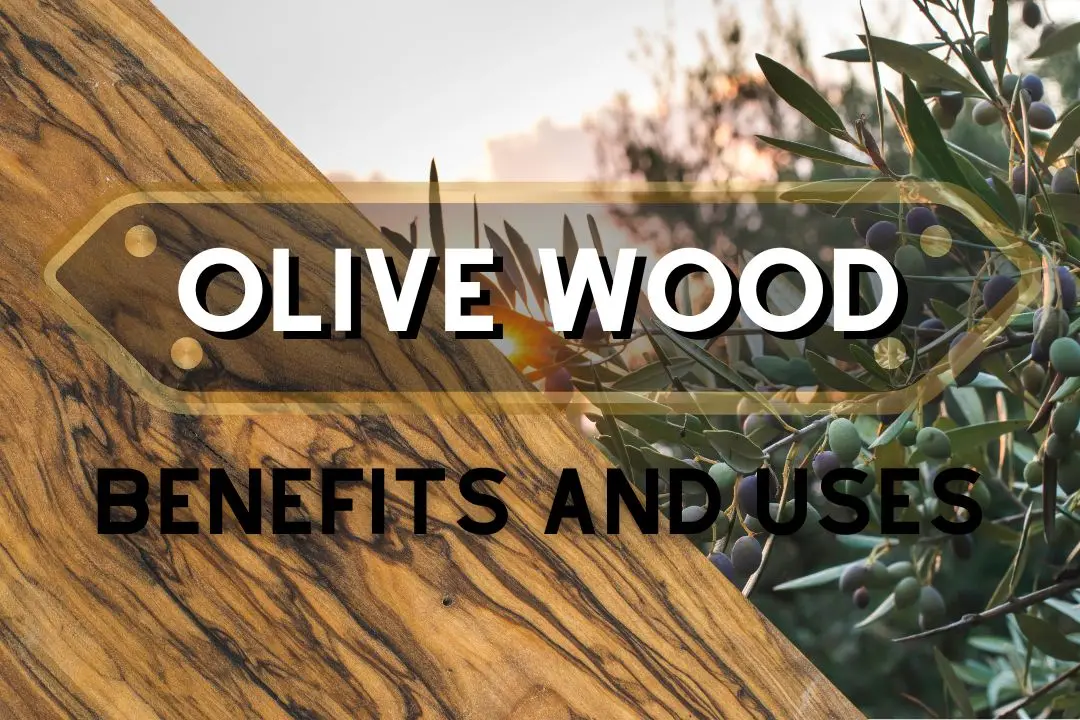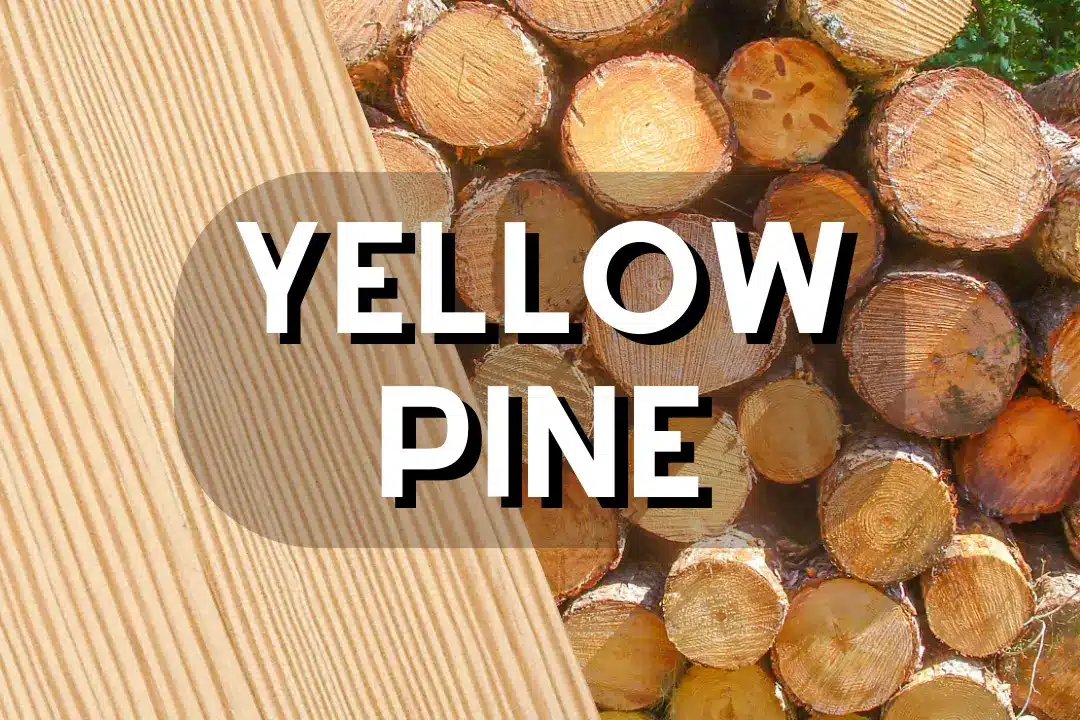
Did you know yellow pine trees can grow up to 100 feet tall? They spread 20 to 40 feet wide. This makes yellow pine very useful, like the southern yellow pine. It’s great for building and landscaping.
These trees grow fast, up to 2 feet a year. They reach maturity in 20 to 50 years. They also do well in different environments.
In this article, we’ll look at yellow pine’s special traits. We’ll see how it’s good against decay. It’s also used in outdoor furniture and building materials.
Let’s discover the many uses of yellow pine. Learn why it’s a great choice for your projects.
Table of Contents
Understanding Yellow Pine and Its Characteristics
Yellow pine, mainly the southern type, is famous for its special characteristics. It includes species like loblolly, shortleaf, longleaf, and slash. These make up almost 90% of the southern pine market.
The wood has a straight grain and a light yellow to brown color. It also has a distinct resinous smell. This makes it appealing for construction and manufacturing.
Southern yellow pine is a softwood, but it is very strong. It’s stronger than Douglas fir in many uses. The different grades of yellow pine lumber meet various needs for strength and looks.
This makes southern yellow pine wood a big part of the U.S. market. It’s used in about 85% of all treated wood made here.
The demand for yellow lumber has grown a lot. It now exceeds 1 billion board feet yearly. This shows its popularity and the yellow pine wood properties that builders and manufacturers value. Knowing about yellow pine’s characteristics helps us use it well in many ways.
The Life Cycle of Yellow Pine
The life cycle of yellow pine includes several key stages. These stages are vital for its growth and survival. Understanding these stages helps us see how yellow pine grows from a seed into a tall tree.
Each stage has unique traits that help the yellow pine thrive. These traits are important for the health of the yellow pine habitat and its ecosystem benefits.
Stages of Development
Yellow pine seeds germinate from October to late November. Seeds germinate quickly under good conditions, starting saplings. In the early stages, growth is slow as roots develop.
This stage can last from one to seven years. Some trees stay in this stage for up to 20 years.
When the roots are strong, the tree grows faster. It becomes taller and bigger. By about 30 years, yellow pines start making cones and seeds.
These mature trees can grow up to 110 feet tall on good soil. On less fertile soil, they reach about 60 feet.
Longevity and Ecosystem Contributions
Yellow pines can live for over a century. Some live more than 500 years. They help stabilize soil and recycle nutrients.
As they grow, yellow pines offer homes for many animals. They help keep ecosystems diverse. This diversity is crucial for many plants and animals.
Old-growth yellow pines are over 120 feet tall. They show why we must protect these trees for the future. They support many different life forms, highlighting the need to preserve yellow pine habitats.
Growth Patterns Specific to Yellow Pine
Understanding how southern softwood trees grow is key to their health and management. At first, these trees grow slowly as they build their roots. This slow start is vital for their long-term health.
Once they’ve established their roots, golden-toned conifers grow fast. They can reach great heights and become the leaders in their environment.
These resilient pine species have a special growth cycle with several important features:
- Longevity: These pines can live for decades or even centuries, providing stability and structure in ecosystems.
- Rapid Growth Phase: After their initial period, these southern evergreens grow rapidly, contributing significantly to their surroundings.
- Seed Release: The cones of these construction-grade trees can remain on the tree for extended periods, allowing for staggered seed release and enhancing germination chances.
- Regional Variations: Different varieties, such as Eastern and Western softwood types, demonstrate distinct traits influenced by their environments.
- Perennial Lifecycle: These pines undergo multiple cycles of growth and reproduction, adapting to varying conditions.
These growth patterns are crucial for the trees’ development and for supporting biodiversity. Regular care, like pruning and fertilizing, helps these durable conifers grow strong and healthy. This ensures the health of the ecosystem.
Southern Yellow Pine: A Versatile Building Material
Southern yellow pine is a top pick in construction. It’s known for its strength and durability. These qualities make it perfect for many uses. It offers both strength and beauty for any project.
Strength and Durability
This wood is one of the hardest and strongest softwoods. It’s great for carrying heavy loads, like in framing and beams. Its durability means it can handle stress well, in homes or businesses.
It’s also easy to work with. This makes it a favorite among both pros and DIY fans.
Natural Resistance to Decay
Southern yellow pine fights off decay well, key for outdoor projects. It resists moisture and insects, lasting longer in decking, fencing, and posts. It also needs little upkeep, making it a smart choice for outdoor builds.
Applications in Construction
Yellow pine is a top choice for construction because it’s both versatile and durable. It’s perfect for outdoor uses like decking and fencing. It adds beauty and strength to any outdoor space.
Decking and Fencing
Yellow pine decking is known for its strength and looks. It has a Janka hardness rating of 690, making it last long. It’s great for building decks that can handle lots of use.
For fencing, it creates strong barriers that can handle bad weather. It also looks inviting, making your yard more welcoming.
Outdoor Furniture
Yellow pine outdoor furniture is reliable and looks good. It’s used for things like picnic tables and benches. It keeps its shape and color, adding warmth to your outdoor areas.
Its flexibility makes it perfect for many uses. It can be a single piece or part of a bigger design.
| Application | Features | Benefits |
|---|---|---|
| Decking | Hardness, Color, Resistance | Durable, Aesthetically Pleasing, Long-Lasting |
| Fencing | Strength, Stiffness, Weather Resistance | Secure, Attractive, Durable |
| Outdoor Furniture | Robustness, Versatility, Visual Appeal | Functional, Charming, Weather-Resistant |
Yellow Pine vs White Pine: Key Differences
Yellow pine and white pine have big differences. The Yellow is very hard and durable, perfect for heavy work. Southern yellow lumber has a Janka hardness of 870, making it very hard.
Longleaf yellow pine is even harder, almost as hard as oak. On the other hand, Eastern white pine is much softer, with a Janka rating of 380. This makes The yellow better for flooring and cabinetry.
Yellow wood looks warmer, with colors like pink or honey. This makes it great for rustic looks. White pine is cleaner and lighter, perfect for modern designs. It stains well because it has less resin.
Cost is another thing to think about. Both are cheaper than hardwoods, but yellow pine can be pricier. This is because yellow timber is harder to find, like old-growth heartwood.
| Characteristics | Yellow Pine | White Pine |
|---|---|---|
| Janka Hardness Rating | 870 (up to 1225 for Longleaf) | 380 |
| Color | Warm, with pinkish/honey tones | Light, subtle appearance |
| Workability | More challenging due to density | Easier to stain and work with |
| Cost | More expensive for old-growth | More readily available and affordable |
| Common Uses | Heavy construction, furniture | Cabinetry, wainscotting, paneling |

Pressure-Treated Southern Yellow Pine: Benefits
Pressure-treated southern yellow pine is a top pick for building projects. It’s strong and looks good. The treatment makes it last longer, perfect for outdoor use.
Weather and Pest Resistance
The treatment makes the wood strong against weather and pests. It keeps the wood from rotting or getting damaged by bugs. This makes it great for decks, fences, and gazebos.
It can handle a lot of use and bad weather. So, it stays strong for many years.
Aesthetic Appeal
This wood also looks great. It has natural patterns and warm colors. It adds beauty to any project.
Many people choose it for its charm. It makes spaces look better, both inside and outside.
Gardening with Yellow Pine
Adding yellow pine to your garden can bring big benefits, like better plant health. It’s all about companion planting. This method makes your garden a lively, diverse place. It helps plants grow well in yellow pine and soil.
Companion Planting Strategies
Choosing the right plants to go with yellow pine makes your garden stronger. Ferns and shade-loving perennials like hostas and astilbes do great in the cool, shaded spots. They get protection from the trees and add to your garden’s variety.
Many gardeners love to grow these plants with yellow pine:
- Ferns: They love the light and moisture under yellow pine branches.
- Hostas: Their big leaves do well in shade and acidic soil from pine needles.
- Astilbes: These flowers add color in the shade and look beautiful.
- Groundcovers like Sweet Woodruff: They keep weeds away and grow well in shade.
Taking good care of these plants helps your garden grow strong and easy to care for. When you pair them right, your yellow pine garden will be a thriving, balanced space.
Management Tips for Yellow Pine Trees
To keep yellow pine trees healthy, you need a good plan. This plan should cover watering, fertilizing, and managing pests and diseases. By following these steps, you can help your trees grow strong and tall.
Watering and Fertilization
It’s important to water your yellow pine trees well, but not too much. They need enough moisture, but too much can harm their roots. When it’s dry, make sure to water them regularly.
Also, don’t forget to fertilize them. Use a balanced fertilizer to help them grow. Adding organic matter to the soil can also help your trees absorb nutrients better.
Pest and Disease Management
Keep an eye out for pests like bark beetles and diseases like needle blight. These can harm your trees. Using a mix of methods to manage pests and diseases is key.
Acting fast when you see problems can save your trees. This way, you can keep them healthy and strong for a long time.
Southern Yellow Pine vs Douglas Fir: A Comparison
When we compare southern yellow pine and Douglas fir, we see key differences. The Southern softwood costs between 50 and 75 cents per board-foot, making it cheaper. It is stiff, heavy, and comes in wide, thick sizes. It’s sold dry, which helps avoid sticky sap problems.
Loblolly pine, a type of SYP, has soft earlywood and dense latewood. This makes it easier to work with during projects.
Douglas fir is pricier but stronger and more stable. It’s often sold green and shrinks a lot when dried. This can affect project quality. Its old-growth or clear grade has tighter rings, making it more stable.
Douglas fir also resists water better than pine. For example, it reaches a moisture content of 21.8% after long exposure, unlike radiata pine.
Hardness-wise, yellow pine has a Janka rating of 690, while Douglas fir is 660. This means pine is harder but may warp more. Both woods last 10 to 15 years untreated. Chemical treatments can make them last longer, making them good choices for many uses.
Conclusion
Yellow pine, mainly southern yellow pine, is a top pick for many uses. Its wood is very strong and lasts a long time, perfect for building. It also fights off decay, moisture, and pests well, keeping buildings strong.
This Southern softwood is not just good for building. It’s also great for gardening and landscaping. It helps the environment by being harvested and replanted carefully. This supports local jobs and helps the planet.
Knowing how to use this resin-rich wood can make a big difference. It’s a fast-growing wood that’s good for the environment and looks great. It’s a smart choice for many projects.
FAQs
What are the primary uses of yellow pine in construction?
Yellow pine is often used for decking, fencing, and building strong structures. It’s known for its strength, durability, and good looks.
How does yellow pine compare to white pine?
Yellow pine is denser and stronger than white pine. It’s better for heavy tasks, and it has a warmer color and more resin. White pine is lighter and easier to work with but not as durable.
What are some companion plants suitable for yellow pine gardening?
Ferns and shade-loving perennials do well under yellow pine trees. They benefit from the special conditions these trees create. This adds to the garden’s diversity.
How should yellow pine trees be cared for in a garden setting?
Keep yellow pine trees watered, even when it’s dry. Use balanced fertilizer and add organic matter to the soil. This helps the tree grow strong and healthy.
What distinguishes southern yellow pine from Douglas fir?
Southern yellow pine is stronger and more resistant to decay. It’s great for heavy construction. Douglas fir is better for its stability and looks, making it good for other uses.
What makes yellow pine a preferred choice for outdoor furniture?
This dense softwood is durable and looks good. It’s perfect for outdoor furniture like picnic tables and benches. It can handle the weather while still being attractive.







